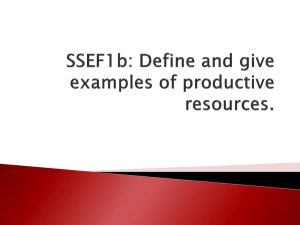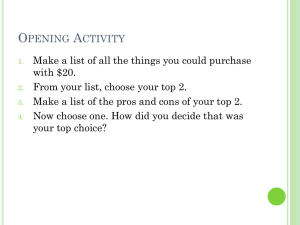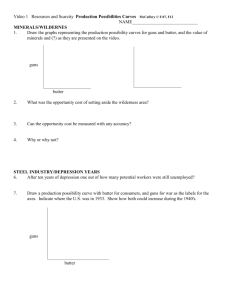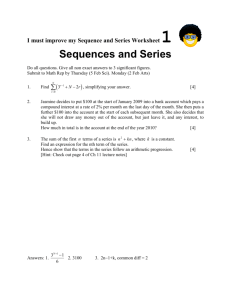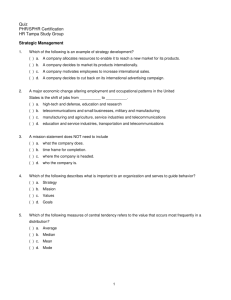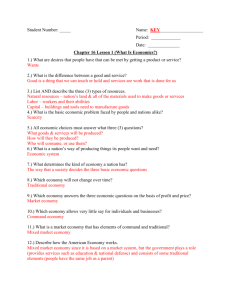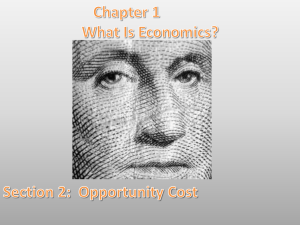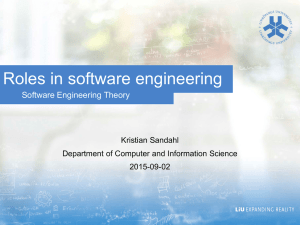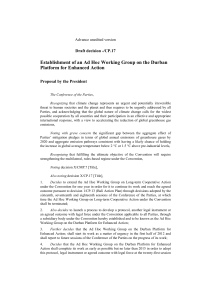HW_due_1_26_ch1_sec2
advertisement
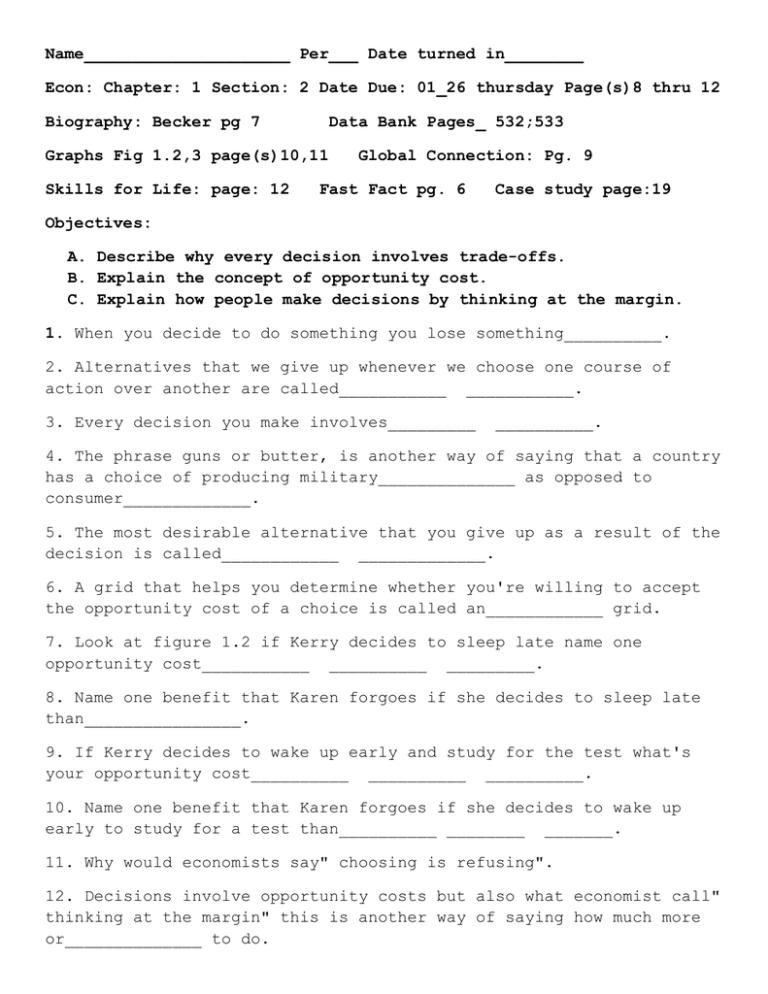
Name_____________________ Per___ Date turned in________ Econ: Chapter: 1 Section: 2 Date Due: 01_26 thursday Page(s)8 thru 12 Biography: Becker pg 7 Data Bank Pages_ 532;533 Graphs Fig 1.2,3 page(s)10,11 Skills for Life: page: 12 Global Connection: Pg. 9 Fast Fact pg. 6 Case study page:19 Objectives: A. Describe why every decision involves trade-offs. B. Explain the concept of opportunity cost. C. Explain how people make decisions by thinking at the margin. 1. When you decide to do something you lose something__________. 2. Alternatives that we give up whenever we choose one course of action over another are called___________ ___________. 3. Every decision you make involves_________ __________. 4. The phrase guns or butter, is another way of saying that a country has a choice of producing military______________ as opposed to consumer_____________. 5. The most desirable alternative that you give up as a result of the decision is called____________ _____________. 6. A grid that helps you determine whether you're willing to accept the opportunity cost of a choice is called an____________ grid. 7. Look at figure 1.2 if Kerry decides to sleep late name one opportunity cost___________ __________ _________. 8. Name one benefit that Karen forgoes if she decides to sleep late than________________. 9. If Kerry decides to wake up early and study for the test what's your opportunity cost__________ __________ __________. 10. Name one benefit that Karen forgoes if she decides to wake up early to study for a test than__________ ________ _______. 11. Why would economists say" choosing is refusing". 12. Decisions involve opportunity costs but also what economist call" thinking at the margin" this is another way of saying how much more or______________ to do. 13. Look at figure 1.3 what is the opportunity cost of the 2nd hour of extra study time_________________. 14. What is the benefit of the 2nd hour of study time, a grade of what________. 15. Would you would you sacrifice an extra hour of sleep in order to attain a B+ instead of a B this kind of decision-making is called thinking at the______________. 16. When you compare the opportunity costs versus the benefits this decision-making process is also known as__________ _________ analysis. Possible exam questions for section 2 chapter 1. 1. What does the phrase guns or butter mean for a country? 2. Why must the opportunity cost of a decision always be something desirable? 3. Give an example of thinking at the margins when studying for an exam. 4. What are the opportunity cost of buying a new car? Why will the costs vary from family to family?. 5. Global trade-offs page 9 what were the opportunity costs for the people of Malaysia for the purchase of 2 warships in 1992? 6. What is the opportunity cost of a soldier? What might be the opportunity costs of the teacher? 7. What kind of analysis are you undertaking when you are weighing the costs of doing or not doing something versus the benefits of doing or not doing something. 8. Look at the graph on page 12 hours practice versus point score player D practiced 6 hours scored 9 point player C practiced four hours and scored how many points? 9. Why is the graph not a straight line?
